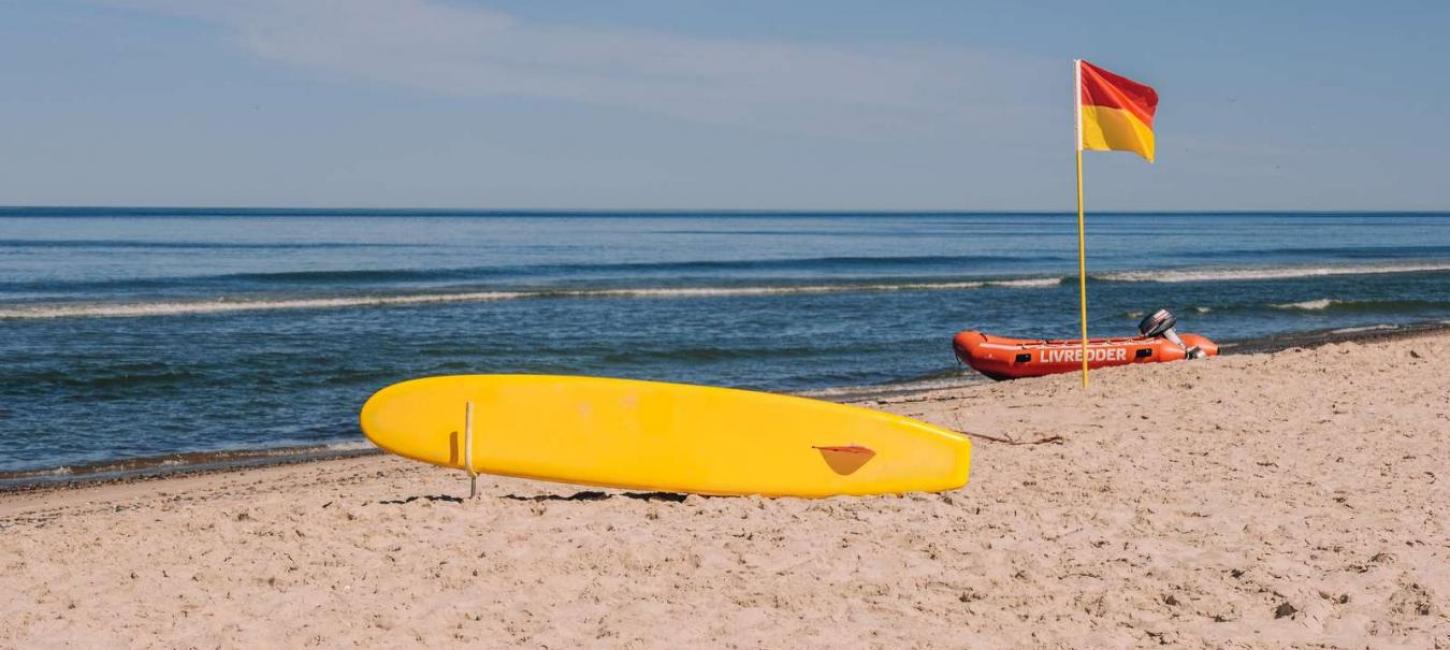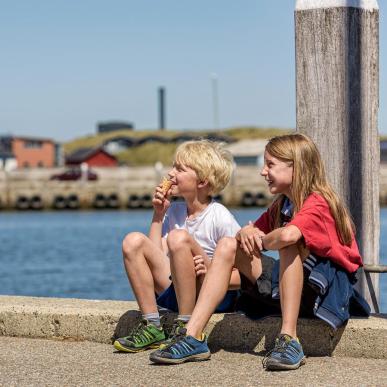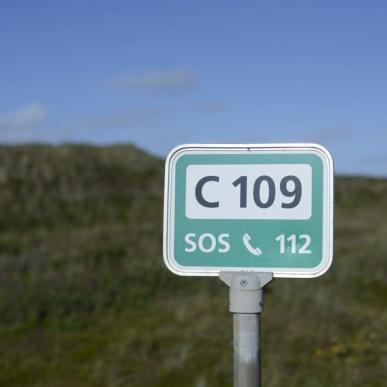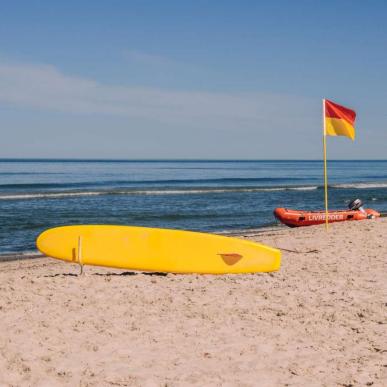
Water safety by the North Sea
When the sun is shining, there's nothing better than spending a nice day at the beach. But you'll have the best and most safe experience if you always remember the 5 swimming tips.
| 1. Learn to swim 2. Never go into the water alone 3. Read the wind and water 4. Get to know the beach 5. Don't let your children out of your sight |
Download the official booklet
Ask the lifeguards at the beach
The North Sea can be rough and dangerous, but if you follow these advice and try and estimate the currents, water depth, and wind directions before you venture into the waves, there’s no problem with going swimming. In case you’re in doubt, ask the locals or the lifeguards, if there’s something you should know, before you go swimming.
Be careful of air mattresses
Beach toys, rubber boats, and air mattresses can drift out to sea quickly and be the cause of a rescue operation being set in motion, if other people see them far out and think there are people on or by them.
Respect the sea
Don’t shout HELP for the fun of it and don’t play dangerous games in the water, such as pushing each other, forcing each other under the surface, having competitions about who can keep their breath the longest and so on.
Pay special attention to kids in the water
Pay special attention to kids - both on the beach and in the water. Maybe only go swimming where lifeguards are present.
Lifeguards all summer
There are lifeguards at the south beach in Hvide Sande and at the beach next to Badevej in Søndervig all summer.
The blue flag
A major part of our beaches and harbours have the blue flag, which signals that the beach:
-
Is clean and attended to regularly
-
Has clean water of high quality
-
Is obligated to take down the blue flag in case of acute pollution
-
Has clean restrooms and well maintained buildings
-
Has garbage sorting
-
Has life saving equipment, a medical kit, and an emergency phone nearby - and in some cases lifeguards
| Bathing points
The bathing point season can run from 1 June to 15 September. However, each municipality may choose to have a shorter season, but the bathing point flag must be raised by 1 July at the latest. During the bathing water season, the quality of the bathing water will be measured regularly. See which beaches in Denmark fulfil the criteria as a bathing point here. |


